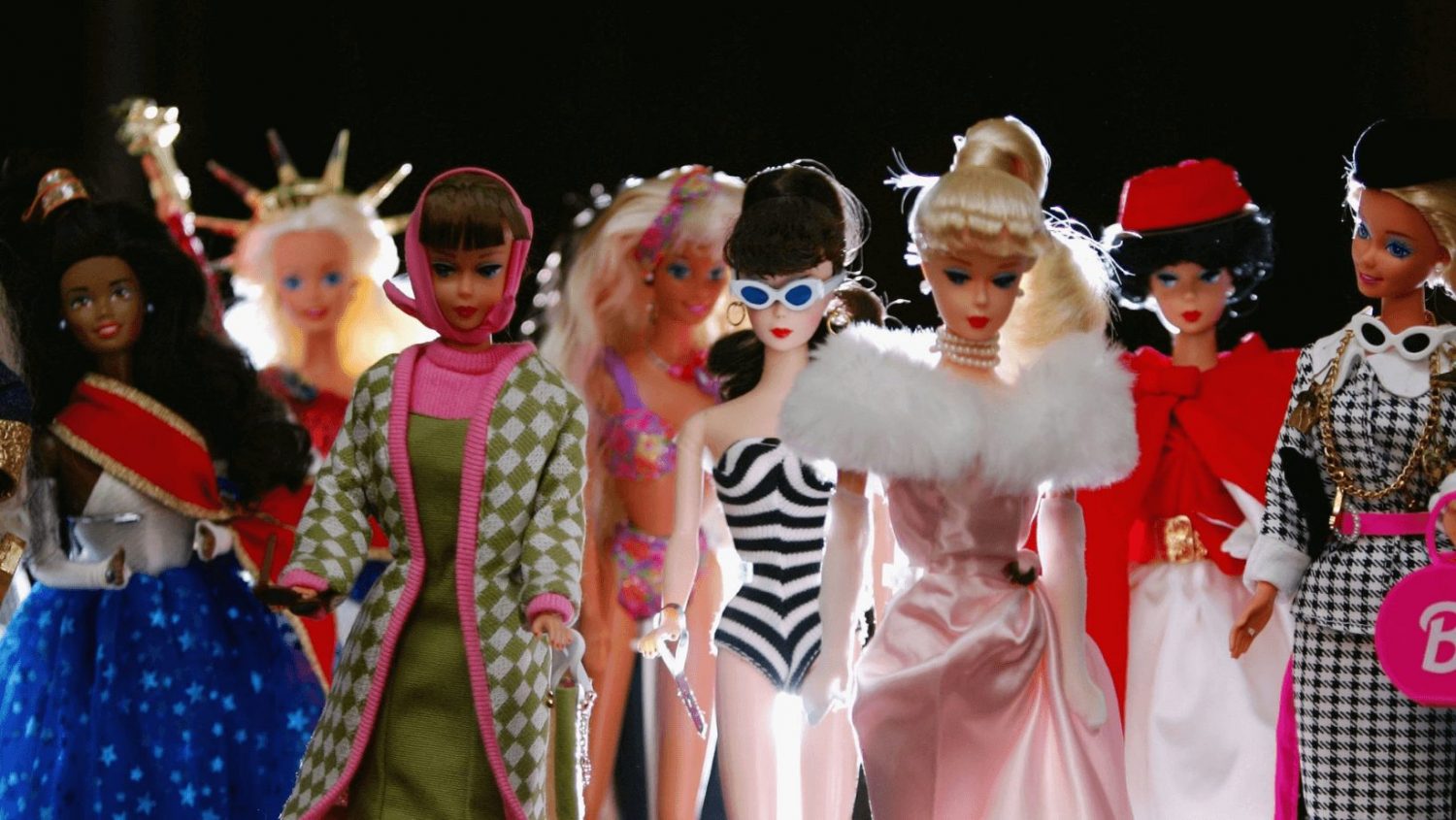
Meet Barbie
The Barbie doll was first introduced by California toy company Mattel, Inc. on March 9th, 1959. While the doll is most commonly known simply as “Barbie,” she was also given a full name — Barbara Millicent Roberts. The doll was named Barbara after the daughter of creators Ruth and Elliot Handler. It’s fitting that she was the namesake for the toy, as Ruth was inspired to create a three-dimensional doll after seeing her daughter play with paper dolls.
But while the inspiration behind the creation of the Barbie doll was innocent, the physical model for the toy was more risque. Barbie’s appearance was inspired by Bild Lilli, a German doll based on a high-end call girl featured in the comic strip, Bild-Zeitung. The Bild Lilli doll was sold as an adult novelty in bars and tobacco shops, not as a toy for children. Ruth brought the doll home after vacationing in Europe and used it as a model while creating the Barbie doll.
Perhaps unsurprisingly, the Barbie doll has incited controversy since its early existence. In fact, a 1958 market study performed by Mattel prior to the doll’s launch found that mothers criticized the toy for having “too much of a figure.” However, Mattel was able to bypass this issue by marketing Barbie dolls directly to children through television ads. Mattel was uniquely positioned to accomplish this, as upon sponsoring Walt Disney’s Mickey Mouse Club program in 1955, they had already become the first toy company to broadcast commercials to children.

Complicated Legacy
As mentioned, the Barbie doll has sparked numerous controversies throughout its history. One of the most notable and ongoing complaints about the doll is its unrealistic body proportions. In fact, reports have pointed out that a human with the same body proportions as Barbie would be physically incapable of walking, holding up their head, or having fully functioning internal organs.
One early version of the doll that critics point to as particularly damaging is Slumber Party Barbie, from 1965. One of the accessories included with this doll was a book titled How to Lose Weight, which had weight loss tips, one of which was “don’t eat.” In recent years, Mattel has released a more diverse selection of Barbie dolls representing a range of body types, skin tones, and hairstyles in an effort to offer more inclusive options.
There are undoubtedly legitimate concerns regarding some elements of the toy’s history. However, there is one aspect of the Barbie doll that many point to as overwhelmingly positive. Unlike other dolls which taught children to be nurturing, Barbie provided an alternative to restrictive gender roles at the time of her introduction. She was marketed as an independent figure with career aspirations and a life outside of the home. When the doll was first released in the late 1950s, this was an unprecedented model of financial independence for a female figure.

The Busy Life Of Barbie
Since their debut, Barbie dolls have been created to represent over 200 different careers, including astronaut, equestrian, and surgeon, to name a few. Mattel also released a presidential candidate Barbie doll for the first time in 1992, before any female candidate had actually made it onto the presidential ballot.
A number of celebrities have also received their own dolls over the years. The first celebrity to be immortalized as a Barbie doll was supermodel Twiggy in 1967. The toy featured a mod mini-skirt, go-go boots, and Twiggy’s signature spider lashes. Since then, a slew of other famous people have joined the list, including Cher, Elizabeth Taylor, Marilyn Monroe, and Nicki Minaj, among many others.
Barbie has certainly earned her reputation as one of the most iconic toys of all time. By her 50th birthday in 2009, Mattel had sold over 1 billion Barbie dolls. And her reign continues, as one Barbie doll is sold about every three seconds somewhere in the world.
Pop Quiz
U.S. Presidents

